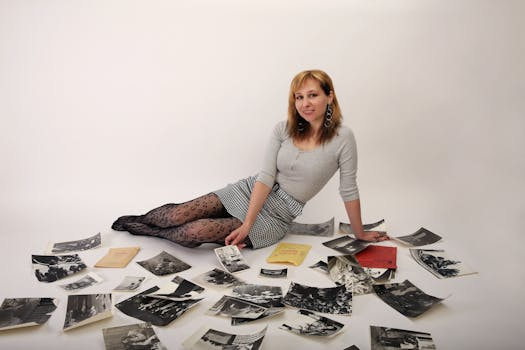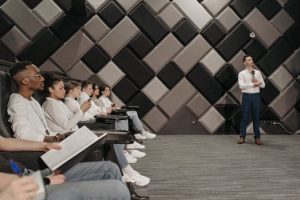The power of storytelling in history lessons
Have you ever noticed how easy it is to remember a story compared to a list of facts or dates? This is because stories have a powerful way of engaging our minds and emotions, making the information more relatable and memorable. In the realm of history lessons, incorporating storytelling can greatly enhance the learning experience for students. From ancient myths to modern-day events, storytelling has the power to bring history to life and leave a lasting impact on learners. In this article, we will explore the role of storytelling in history lessons and how it can be used to inspire and educate students.
The power of storytelling in teaching history
History is often seen as a boring subject with a list of names, dates, and events that need to be memorized. Students are expected to sit and listen to endless lectures and read lengthy textbooks, leaving them with little room for imagination or engagement. However, incorporating storytelling into history lessons can break this monotonous cycle and make the subject more interesting and meaningful for students.
Making history relatable
Stories have the ability to transport us to a different world, making us feel like we are a part of the narrative. In the context of history, storytelling can make past events and people relatable to students. Instead of just listing facts, stories can provide insight into the thoughts, emotions, and motivations behind historical events. This helps students understand the context of what they are learning and how it relates to their own lives.
For example, rather than simply talking about the Civil Rights Movement, a teacher could tell the story of Rosa Parks and her refusal to give up her seat on a bus. This personal account of an ordinary person standing up against injustice can create a more profound impact on students than just reading about the movement in a textbook.
Fostering critical thinking skills
History is not just about memorizing facts; it is also about understanding why and how events happened and the impact they had on society. Storytelling can help students develop critical thinking skills by presenting history in a more engaging and thought-provoking way. When students are emotionally invested in a story, they are more likely to think critically about the information being presented and analyze it in a deeper way.
Additionally, incorporating storytelling into history lessons can help students see different perspectives and challenge their preconceived notions about past events. By hearing different sides of a story, students can develop a more nuanced understanding of historical events and their complexities.
How to incorporate storytelling in history lessons
Now that we understand the benefits of using storytelling in history lessons, let’s look at some practical ways teachers can incorporate it into their curriculum.
Introduce primary sources
Primary sources, such as letters, diaries, and oral histories, can be powerful tools for storytelling. By using these first-hand accounts, teachers can provide students with a more personal and intimate perspective on historical events. This not only makes the subject more engaging but also helps students develop critical thinking skills as they analyze the primary sources and draw their own conclusions.
Utilize multimedia
With technology at our fingertips, teachers can easily incorporate different forms of media, such as videos, music, and images, to add depth and richness to their storytelling. Multimedia can help students visualize and better understand historical events, and it also appeals to different learning styles.
Encourage student participation
Storytelling doesn’t always have to be one-way communication from the teacher to the students. By encouraging student participation, teachers can promote active learning and make the storytelling experience more interactive. This can include asking students to create their own stories based on historical events or having them act out scenes from a story.
Conclusion
Incorporating storytelling into history lessons can create a more meaningful and engaging learning experience for students. By using stories, teachers can make history relatable, foster critical thinking skills, and bring more depth and understanding to the subject. So, next time you’re planning a history lesson, don’t forget the power of storytelling and the impact it can have on your students’ education.
Remember, the goal of history education is not just to memorize facts but also to understand and learn from the past. With storytelling, this goal can be achieved in a more engaging and impactful way, leaving a lasting impression on students and encouraging them to explore and appreciate the intricacies of history.










